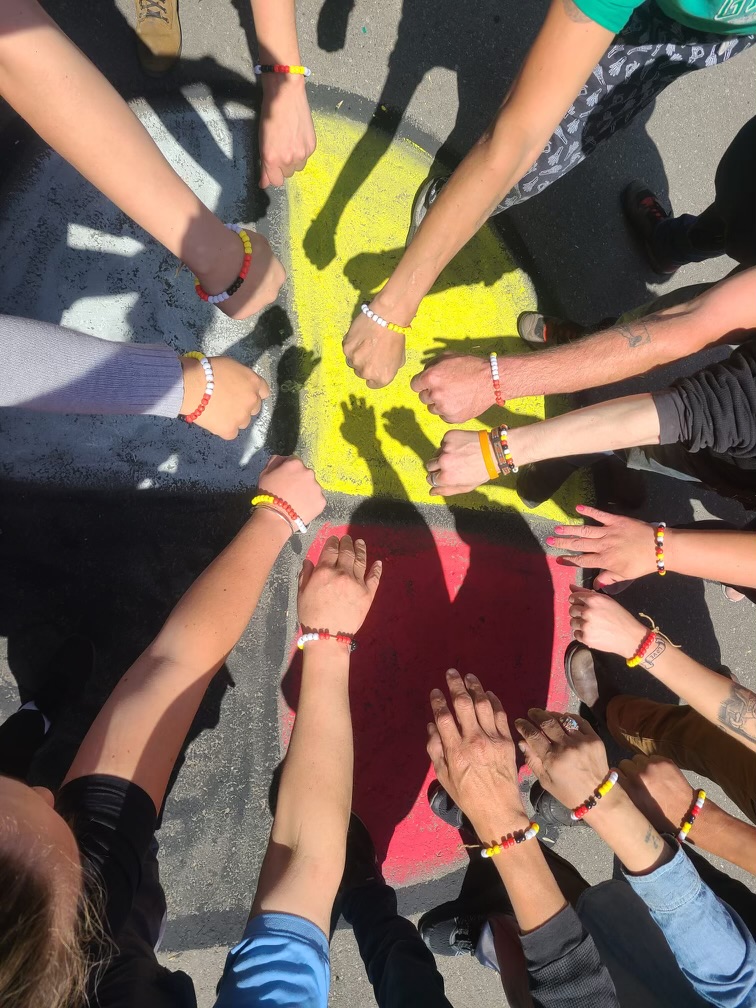“We’re not our worst days.” A reminder of the humanity at the centre of the opioid crisis.
Picture a woman with a deep laugh that fills hallways. One who gives hugs so deep that you almost lose circulation. Someone who always remembers you by name and has a knack for making art from things that were broken.
This person was one of Katie’s clients. “I’ve met such wonderful people,” she says. “I’m referring not only to my coworkers, but the clients are such absolutely wonderful people.”
Katie is a harm reduction worker in Calgary. Her clients are people who struggle with addiction. Stigma around opioid use can lead to the belief that it’s a ‘street problem’ or that ‘a certain kind of person’ uses drugs. But in Katie’s words: “Nobody is safe from this. We’re all one or two missed paychecks from being in the exact same situation. We see people who had full, entire careers and then something in their personal life caused catastrophic hurt, and very quickly things changed.”
The client with the hallway-filling laugh—she’d been dealing with mounting health issues, and a social circle that made it too easy to find and use opioids. She was in a dangerous situation, but Katie’s organization was able to help get her on a path to recovery.

“We’re not our worst days,”
Katie reminds us. Despite how dark things can get for those caught in the crisis, there is still love, there is still joy, there is still much to live for and look forward to. That’s part of why Katie thinks that second chances are critical, especially with how suddenly the toxic drug supply can upend a person’s life.
“I have to say, I love naloxone,” she says. “I like to look at it as giving someone a second chance—an accidental poisoning can be extreme and overwhelming. Sometimes a person thinks they’re taking one substance, but it’s laced with another.”
We’re not our worst days—this is true for a person in recovery who relapses, it is true for a curious teen who tries a poisoned recreational drug. The opioid crisis is complex and far-reaching, rife with myths and stigma. But if we can remember that it is every day, real people who are affected, we can do much to blunt the impact and build towards a solution.